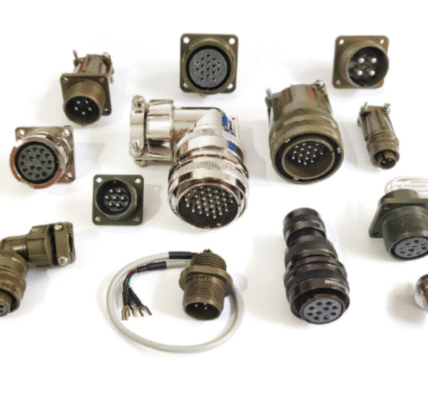If you own a vehicle in India, you’ve probably heard about HSRP number plates and how important they’ve become in recent years. These High-Security Registration Plates, commonly known as HSRPs, are specially designed to bring uniformity and enhanced security to the vehicle registration process across the country. In this article, we’ll cover everything you need to know about them, from their features and benefits to how you can get one for your vehicle.
What is an HSRP Number Plate?
An HSRP number plate is a government-mandated, tamper-proof vehicle registration plate made of aluminum and embedded with specific security features. It replaces the old conventional number plates to help curb vehicle theft, cloning, and other unlawful activities. These plates come with a hot-stamped chromium-based hologram, a unique laser-etched serial number, and are secured with non-removable snap locks.
Why is the HSRP Number Plate Mandatory?
The Government of India, through a series of official notifications, has made it compulsory for all vehicles registered before April 2019 to get HSRP plates installed. This is aimed at bringing consistency in vehicle registration across states and improving road safety measures. By using these plates, law enforcement can easily track and verify vehicles, thereby reducing crime rates involving automobiles.
Key Features of HSRP Number Plates
- Hot-stamped Hologram: Placed on the top left corner, showcasing the Ashoka Chakra symbol.
- Laser-etched Permanent Identification Number (PIN): A unique 10-digit code for every vehicle.
- Snap Lock System: Once fixed, the plate cannot be removed without destroying it.
- Reflective Sheet: Enhances visibility at night, reducing accidents.
- Uniform Font and Size: Ensures consistency across all states and union territories.
Benefits of Using an HSRP Number Plate
- Enhanced Vehicle Security: Harder for thieves to replace or tamper with.
- Improved Law Enforcement: Easier identification of stolen or duplicate vehicles.
- Accident Management: The reflective quality helps in identifying vehicles during nighttime mishaps.
- Reduced Vehicle Cloning: The unique PIN makes it almost impossible to clone a vehicle legally.
- Compliance with Government Norms: Avoid hefty fines and legal issues.
How to Apply for an HSRP Number Plate?
The application process is simple and can be done both online and offline. Here’s how you can get your HSRP plate:
- Visit the official HSRP registration website of your respective state or authorized vendors.
- Enter your vehicle’s registration details, chassis number, engine number, and owner information.
- Pay the prescribed fee, which varies depending on the vehicle type.
- Choose a convenient date and location for installation.
- Visit the selected center on the appointment day and get the HSRP plate affixed to your vehicle.
Many states also offer doorstep installation services for added convenience.
Cost of HSRP Number Plates in India
The cost of an HSRP number plate depends on the type of vehicle:
- Two-Wheelers: ₹300 – ₹500
- Four-Wheelers: ₹600 – ₹1100
This includes both front and rear plates along with a color-coded fuel type sticker for four-wheelers.
Legal Penalties for Not Having an HSRP Number Plate
Driving without an HSRP plate or using an unauthorized plate can attract penalties under the Motor Vehicles Act, 1988. The fine ranges from ₹5000 to ₹10000, depending on the state government’s enforcement policy. Regular traffic checks now include HSRP verification, so it’s crucial to comply.
Final Thoughts
Incorporating HSRP number plate registration for your vehicle not only ensures compliance with government regulations but also adds an extra layer of security for your vehicle. With increasing emphasis on digital tracking and vehicle safety, these plates play a vital role in modernizing India’s vehicle registration system.





